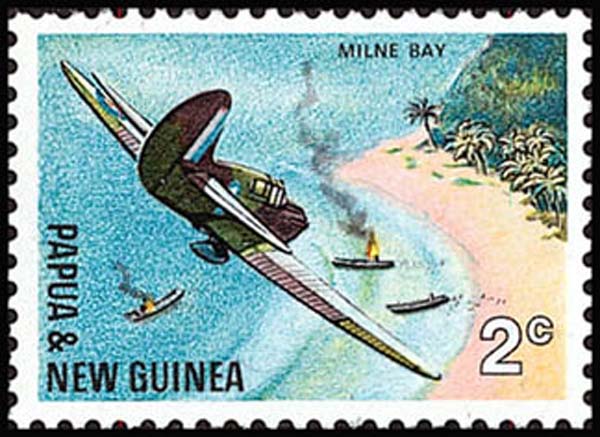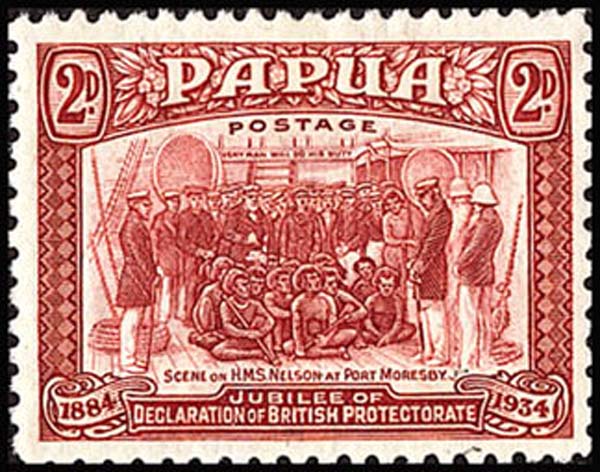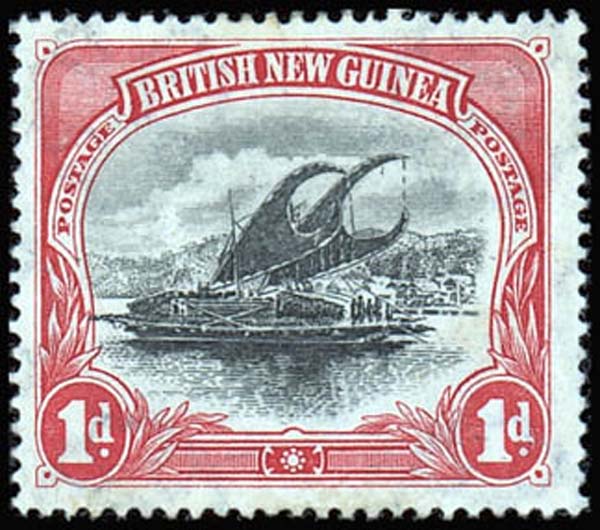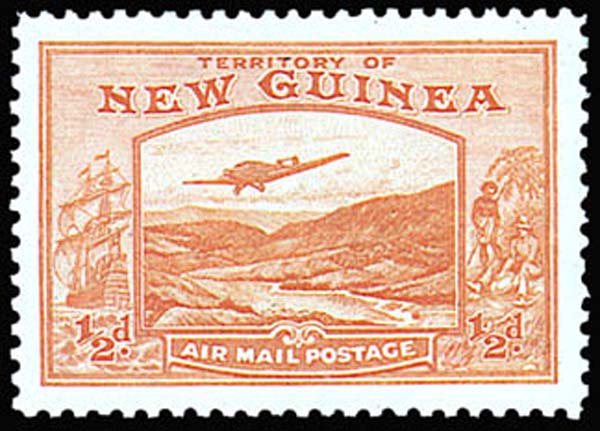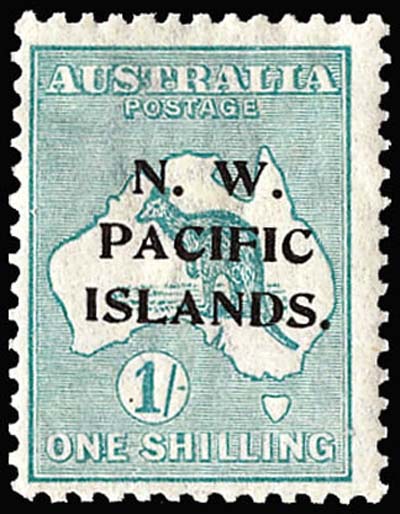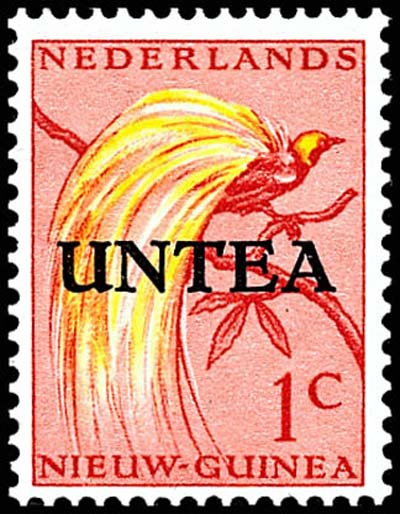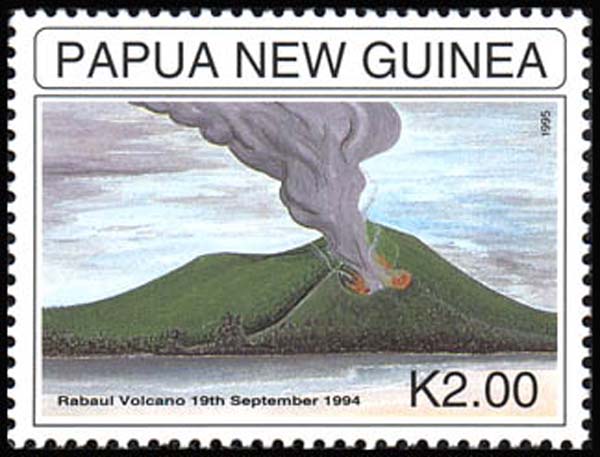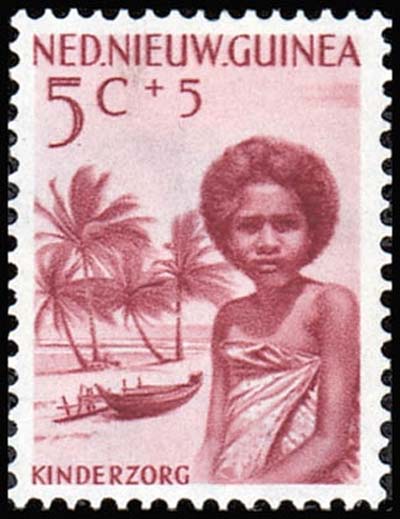POSTAL UPDATES
insights
Political changes create dead countries, new countries and new issues
By Janet Klug
Political changes often manifest themselves in new stamps, overprints, surcharges or changes in country names and currency.
For a recent example, you need look no further than the breakup of the Soviet Union in 1990-91. The Soviet Union became a dead country and was replaced by 15 independent republics, each issuing its own stamps.
Stamp collectors define "dead countries" as those that no longer issue postage stamps.
Collectors of the stamps of the Soviet Union now have a clear beginning (1923) and a clear end to their collections (1991). Those who collected one or more dead countries absorbed into the Soviet Union (Armenia, Azerbaijan, Estonia, Georgia, Latvia, Lithuania, Russia and Ukraine) found that the countries were suddenly alive again.
Political changes much less dramatic than the breakup of the Soviet Union can still cause significant changes in stamps. The various territories and colonies of the island of New Guinea provide a fine example.
Coveting New Guinea's rich natureal resources, Great Britain and Germany were intent upon establishing colonies there. In the 1800s, Netherlands also claimed the island.
In 1885, a commission rather arbitrarily divided the 300,000 square miles of the island of New Guinea into three sections. Netherlands received everything west of 141 degrees east longitude, which became Netherlands New Guinea.
The eastern part of the island was divided roughly in half, with the northern part, including the Bismarck Archipelago in the Solomon Sea, becoming the colony of Deutsch Neu Guinea (German New Guinea).
The southern part went to Great Britain and became British New Guinea.
This purely arbitrary division of the island set the stage for a complex philatelic history.
Netherlands New Guinea was administered from the Moluccas and used Netherlands Indies stamps.
In 1949, Netherlands Indies became independent as Indonesia. As a result, Netherlands issued the first stamps for Netherlands New Guinea in 1950. A 5¢+5¢ Papuan Girl and Beach Scene semipostal stamp (Scott B11) is shown in Figure 1.
The Dutch began preparing Netherlands New Guinea for independence. But on Dec. 18, 1961, just before independence was to be granted, Indonesia invaded and occupied Netherlands New Guinea.
The United Nations stepped in and administered Netherlands New Guinea from October 1962 to May 1963. Netherlands New Guinea stamps overprinted "UNTEA" for United Nations Temporary Executive Authority were placed in use.
These stamps are listed under West Irian in the Scott Standard Postage Stamp Catalogue.
Figure 2 pictures a Netherlands New Guinea 1¢ Bird of Paradise stamp (Scott 1) overprinted "UNTEA."
In May 1963, administration was transferred to Indonesia. In 1969, Indonesia formally annexed the territory, now called Irian Jaya.
The story of the eastern part of the island of New Guinea is even more complex.
At first, German stamps were used in German New Guinea. German stamps bearing German New Guinea postmarks are scarce, but if you check stamps for postmarks, you might get lucky.
In 1897, German stamps were diagonally overprinted "Deutsch-Neu-Guinea."
In 1901, German colonial Kaiser's Yacht Hollenzollern definitive stamps were issued for German New Guinea. A 1-mark carmine stamp (Scott 16) from the set is shown in Figure 3.
At the outbreak of World War I in 1914, British forces quickly occupied the colony and placed it under Australian military rule. German New Guinea became a dead country.
Remaining German New Guinea stamps, as well as some German Marshall Islands colonial stamps, were overprinted "G.R.I" (Georgius Rex Imperator) for Britain's King George V and were surcharged in British currency.
They were used on the island of Neu-Pommern, which was renamed New Britain. These stamps are listed under New Britain in the Scott standard catalog. They are difficult to collect, not only because they are scarce and expensive but also because forged overprints abound.
A New Britain 2-shilling-on-2m blue overprinted Kaiser's Yacht Hohenzollern stamp (Scott 13) is shown in Figure 4.
In 1915, Australian stamps overprinted "N.W. Pacific Islands" were issued and used in the former German colony for the duration of WWI. The stamps are listed in the Scott standard catalog under North West Pacific Islands. An overprinted 1sh blue Kangaroo and Map stamp (Scott 34) is shown in Figure 5.
After the war, the League of Nations mandated the area to Australia as the Territory of New Guinea.
Australia issued stamps for the Territory of New Guinea. The last set was issued in 1939. The stamps are listed under New Guinea in the Scott standard catalog. A ½-penny orange Plane Over Bulolo Goldfield airmail stamp (Scott C46) is shown in Figure 6.
The Territory of New Guinea is not to be confused with British New Guinea. The Japanese invaded the Territory of New Guinea in January 1942. Although the territory was liberated, it issued no more stamps after 1939.
The administration of British New Guinea was given to the British colony of Queensland in 1885.
Queensland stamps were used in British New Guinea from 1885 until 1901. Finding Queensland stamps with New Guinea postmarks is a worthwhile challenge. It is definitely worth checking the postmarks when you see Queensland stamps offered.
In July 1901, British New Guinea issued a set of bicolor stamps featuring a vignette of a native trading canoe called a "lakatoi." The stamps, inscribed "British New Guinea," are listed under Papua New Guinea in the Scott standard catalog. A 1d Laktoi stamp (Scott 2) is shown in Figure 7.
In 1902, the newly formed Commonwealth of Australia assumed control of British New Guinea.
In 1905, the name British New Guinea was changed to the Territory of Papua. British New Guinea stamps were overprinted "Papua," and British New Guinea became a dead country.
Papua stamps are listed under Papua New Guinea in the Scott standard catalog. A 2d red-brown HMS Nelson at Port Moresby stamp (Scott 111) is shown in Figure 8.
After World War II, Papua and the Territory of New Guinea were merged as a United Nations Trust Territory in 1949 and administered by Australia.
Australian stamps were used in both territories after the war and in the combined Trust Territory until 1952.
Stamps inscribed "Papua and New Guinea" or "Papua & New Guinea" were issued beginning in 1952. A 2¢ Battle of Milne Bay stamp (Scott 245) is shown in Figure 9.
In 1972, the name was changed to Papua New Guinea, and the territory became self governing.
In 1975, colonies and territories formerly known as the Territory of Papua, the Territory of New Guinea, the North West Pacific Islands, New Britain, British New Guinea and German New Guinea became the independent nation of Papua New Guinea.
A Papua New Guinea 2-kina Eruption of Rabaul Volcano stamp (Scott 884) is shown in Figure 10.
Your albums bulge with stamps that reflect political changes, border disputes, battles, occupations, annexations and treaties. If you take the time to delve into them, you will appreciate your stamp collection even more.
MORE RELATED ARTICLES
Headlines
-
US Stamps
Oct 7, 2024, 3 PMMcMurtrie dismissed as APS education director following Sept. 21 arrest
-
US Stamps
Oct 7, 2024, 12 PMVasiliauskas named president of Mystic Stamp Co.
-
US Stamps
Oct 6, 2024, 5 PMApgar souvenir card available
-
US Stamps
Oct 6, 2024, 4 PMFirst Continental Congress and U.N. stamps receive Scott catalog numbers
